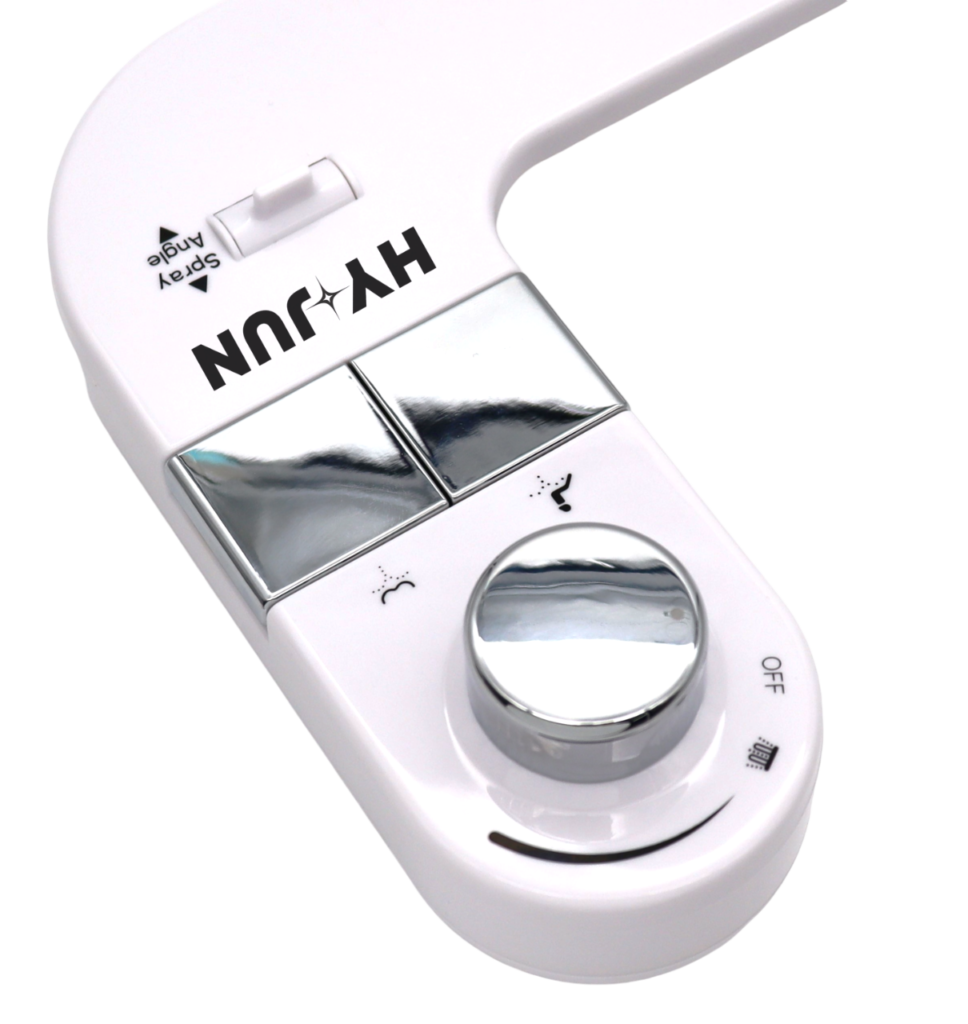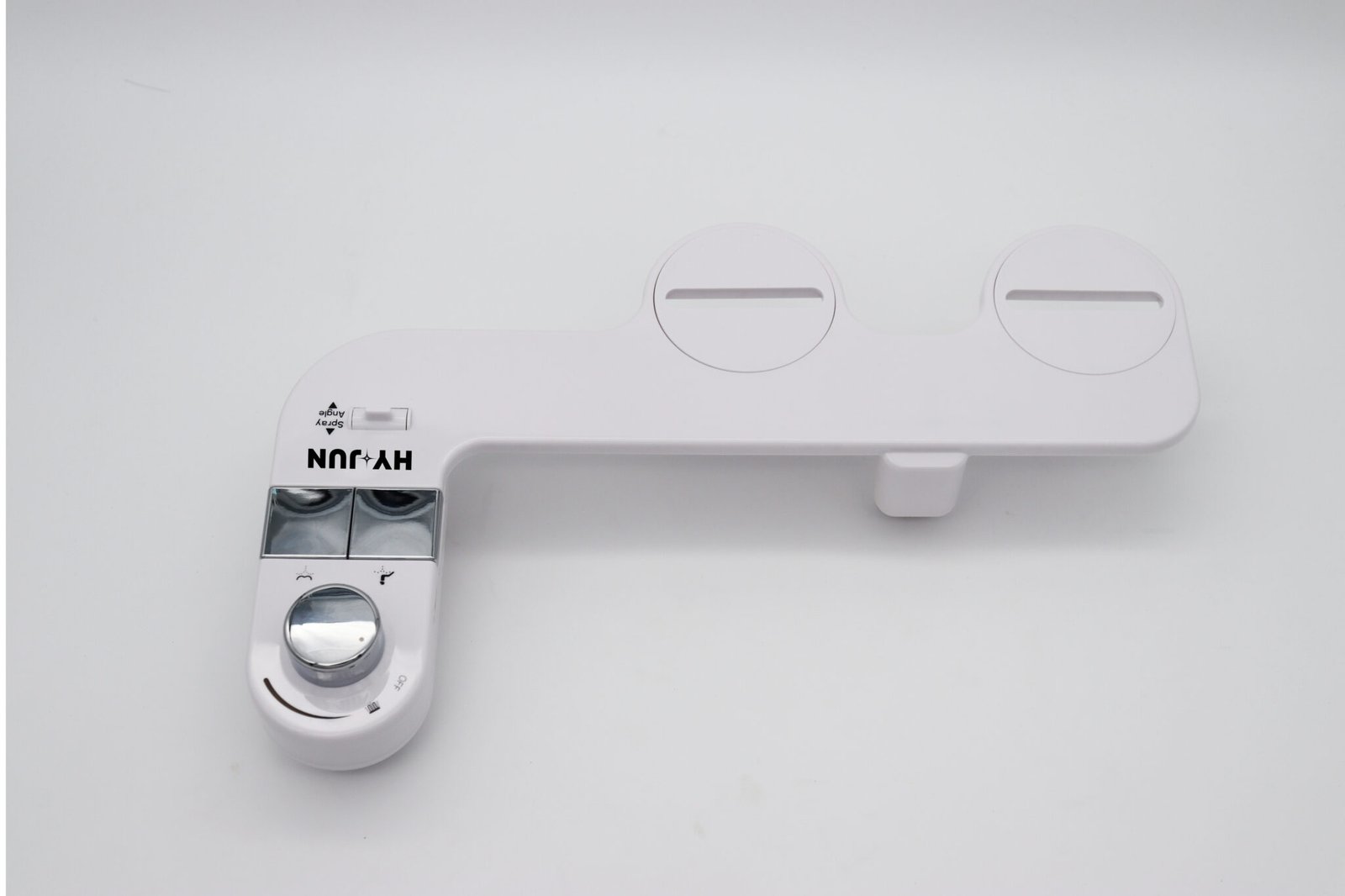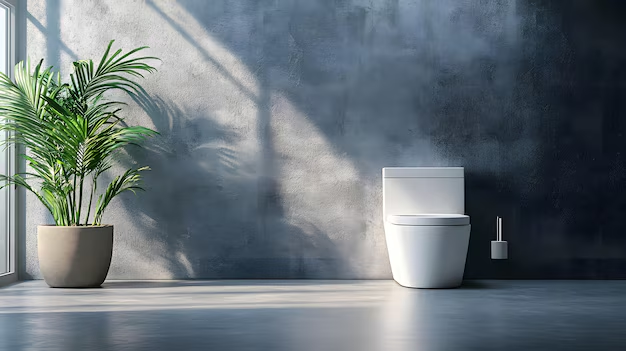
Improved Personal Hygiene
Thorough cleaning with water instead of just toilet paper.
Increased Cost-Savings
Small initial investment for longer term savings on toilet paper purchases.
Greater Comfortability
Constantly wiping with toilet paper could lead to severe irritation and chafing of sensitive areas.
Minimised Plumbing Issues
Less use of toilet paper reduces the chance of a clogged toilet.
Better Suited For All Needs
People with mobility challenges and bowel issues, such as constipation, diarrhea, or hemorrhoids, may find it difficult to clean up after themselves.
More Eco-Friendly
Each year, 15 million trees are cut down for toilet paper, but using bidets can reduce toilet paper usage by 70%, offering a much more eco-friendly alternative.
OUR BIDET Attachment
The Solution To All Your Washroom Needs.
Customize the water pressure from gentle to strong with an adjustable knob.
Allows you to run fresh water over the nozzle before and after each use to maintain cleanliness.
Choose between the different cleaning modes to target both front and rear areas.
Adjustable nozzle angle to change the spray position to your liking.
Ensures that dirty water cannot enter back into the nozzle.
Self-Cleaning Nozzle
Cleaning Has Never Been Easier
Our testing ensures all water-soluble marks are completely cleaned.
Spray Angle
Adjust It To Your Liking
Our angle adjusts to a range of 20° and the design prevents dirty water from falling back onto the nozzle.
Front Wash
Ideal Feminine Washing Angle
Gentle and comfortable spray pressure that can thoroughly cleanse the genitalia, especially during a menstrual cycle.
REar Wash
Cleans Your Bottom Perfectly
Leaves no fecal residue stuck on your bottom so that you don’t have to keep wiping it with toilet paper.

Debunking The Myths Of Using A Bidet
Bidets use roughly the same amount of water to wash one’s bottom as it takes to wash one’s hands.
The water comes from the home’s water supply which some are even potable water, same as the water supplied to your kitchen sink.
The HyJun bidet even has a self-cleaning function to ensure that the bidet nozzles are cleaned before and after each use.
When your hands are dirty, do you wipe them off with a paper towel or do you wash them with water to get clean? Why would it be any different in the bathroom?
Using a bidet instead of toilet paper provides a thorough cleansing that wiping alone cannot. Water is more sanitary than toilet paper because it gently cleans the area instead of just rubbing it with toilet paper.
Bidets are a popular bathroom fixture in countries like France, Italy, Portugal, Japan, and South Korea.
Bidets are becoming more popular in the United States, as well. Toilet paper shortages in 2020 convinced a lot of Americans to try a bidet, and that momentum only continues today.
If you feel a little weird about trying a bidet yourself, consider this question: is there anything wrong with washing your face? How about your hands? Why treat your bathroom hygiene any differently?
Using soaps—especially ones with perfume or antiseptics—can have a variety of negative consequences on the nether areas, for both men and women.
Washing with harsh soaps after you go to the bathroom is really not good for you, and can cause a range of unpleasant health issues, like urinary tract infections (UTIs), anal fissures, inflammation, and more.
While using a bidet does consume a bit more water than just wiping with toilet paper, the overall environmental impact is significantly lower. According to Business Insider, a bidet uses about one-eighth of a gallon of water per use. In contrast, producing a single roll of toilet paper requires around 37 gallons.
Single-use paper products like toilet paper are very bad for the environment. The environmental benefits of washing with a bidet far outweigh the amount of water a bidet consumes.
StATISTICS tracker
What Does A Toilet Bidet Save?

75%
Reduction in Toilet Paper Consumption

$120
Annual Savings On Toilet Paper Purchases

11 Million
Trees Saved Yearly
Track Your Own Toilet Paper Usage With This OmniCalculator
Based on our calculations, an average household of 4 people would use 400 rolls of toilet paper in a year.
If a pack of toilet rolls was to cost $4 each, 40 packs of toilet rolls would mean yearly costs of $160.
Your purchase of a bidet would reduce your toilet paper consumption by 75%, which is effectively a $120 savings on toilet paper purchases annually.
Purchase a Bidet Now to save money!



